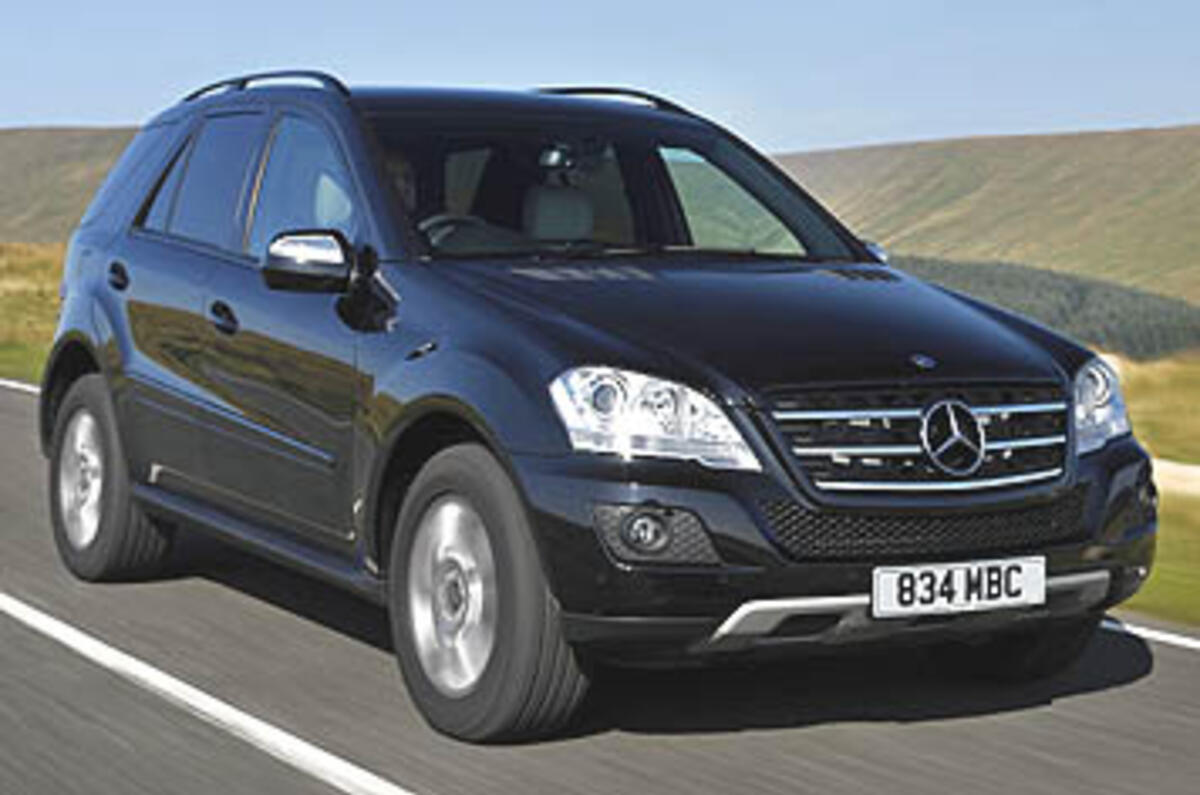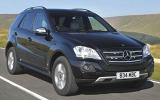What is it?
A light make-over for Mercedes’s off-roader, the best bit of which, if you’re contemplating a purchase, is the addition of useful basket of extra kit for no extra cost.
It includes front and rear parking sensors, a powered tailgate, auto dim mirrors, rain-sensing wipers, Bluetooth connectivity and redesigned front seats with four-way lumbar adjustment.
There’s also a new steering wheel, and paddle shifts rather than the fiddly buttons of the previous version. A modest collection of visual signatures including redesigned bumpers, a new grille, reshaped mirrors, dark tinted headlights and restyled projector headlights mark the changes.
Mechanical alterations are minimal, engine management revisions that produce a mild fuel efficiency improvement for the 280 CDI and the best-selling 320 CDI diesel engine - fuel consumption improves by up to 1.2mpg and 8g/km - being the sole change.
And that applies only to the SE version of this derivative, the Sport’s figures remaining unchanged because the gains are sacrificed to a bigger set of 20in wheels.
They are part of a range realignment that sees the Sport more fully differentiated from the cheaper SE, by standard-fit running boards, a different grille, projection beam headlights, stainless steel underguards and rectangular, rather than oval, exhausts.
And inside there are aluminium pedals, sports front seats and instruments and alcantara and leather trim, a bundle of alterations that now puts a £2410 gap between the SE and the more popular Sport, making the latter a significant £2750 more than previously. The base model is dropped, incidentally, as is the 350 petrol V6, for which demand has evaporated.
What’s it like?
Very much as before, although the bigger wheels don’t help a ride that can rock its occupants from side-to-side quite uncomfortably over the rise-and-fall cambers of a B road.
That said, the smaller-wheeled SE isn’t vastly better, so if much of your motoring is on B roads you might direct your cheque elsewhere. But apart from the general disadvantages of large four-wheel drives, this is the most serious drawback in a car that makes a very pleasant long-distance device, not least in the rear, where the back bench provides well above average comfort, space and support.
The new paddle shifts are easier to use, though few will bother overriding a transmission well suited to the gently authoritative power delivery of the 3.0-litre diesel, its initially moderate potency gathering force with revs and speed.
The absence of any significant chassis alterations mean that the ML falls short of best-in-class on the chassis front, but it’s appealing styling - though we can live without the running boards - space and general convenience make it an appealing choice in this shrinking segment.
Should I buy one?
The small-scale changes mean that you’ll be missing little by not buying this latest version of the ML.
But it remains an attractive vehicle, and offers best value as the less bling-laden and cheaper SE equipped with the excellent 320 CDI engine.





























Add your comment